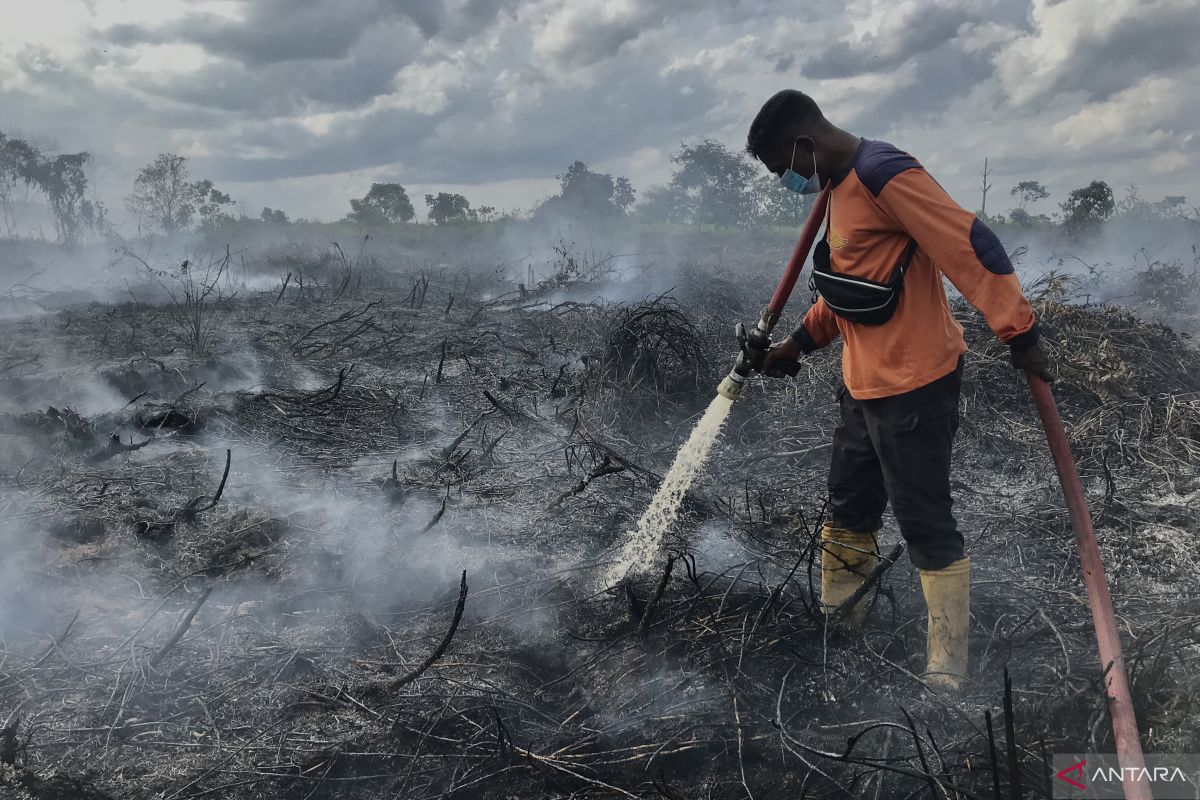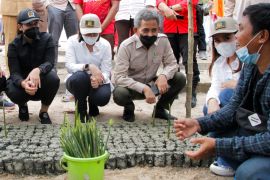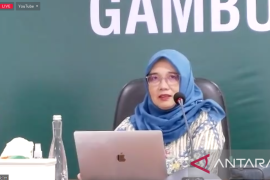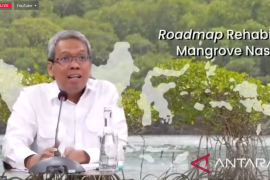In very vulnerable locations, we are working with BNPB to carry out weather modification technology as an effort to add water reserves through artificial rain.Jakarta (ANTARA) - The Peat and Mangrove Restoration Agency (BRGM), in collaboration with the National Disaster Mitigation Agency (BNPB), is preparing to prevent peatland fires using weather modification technology.
"In very vulnerable locations, we are working with BNPB to carry out weather modification technology as an effort to add water reserves through artificial rain," BRGM head Hartono said during a hearing meeting with Commission IV of the Indonesian House of Representatives (DPR RI) in Jakarta on Monday.
His agency is focusing on restoring degraded peatlands because it is one of the preventive measures against La Nina’s impact, especially on over-drained peatlands.
Peatlands that have been drained through canal construction have the potential to get over-drained during the dry season. Thus, the La Nina effect can be reduced by restoring them.
"BRGM is also cooperating with the Meteorology, Climatology, and Geophysics Agency (BMKG) and the National Research and Innovation Agency (BRIN) regarding this matter. We always inform seven regional heads whose areas are prone to peatland fires about the latest conditions regarding humidity and drought in their areas," Hartono informed.
The weather modification activity is not only being carried out by the Indonesian government this time round to prevent and handle peatland fires, but has been conducted every year as a form of disaster mitigation, he said.
In 2021, weather modification was carried out in 4 provinces, namely Riau, South Sumatra, West Kalimantan, and Jambi, with rainfall increasing by 2 to 69 percent when compared to natural precipitation.
The weather modification operation was carried out by seeding cumulonimbus clouds with sodium chloride to cause immediate condensation and rain. Such an operation can be done using an airplane or a rocket.
BMKG has predicted that the potential for forest and land fires will increase when Indonesia enters the dry season, which is expected to start in April–May 2023, especially in areas that have forest areas and peatlands in Indonesia.
Based on data from the Ministry of Environment and Forestry (LHK), Indonesia's peatland area is the fourth largest in the world at 13.9 million hectares. The potential for fires is spread across Riau, Jambi, South Sumatra, West Kalimantan, Central Kalimantan, South Kalimantan, and Papua.
Related news: Some 64 percent of peatland fires occur outside concession areas
Related news: Sustainable peatland management crucial in preventing fires: President
Related news: Land, forest fires ravage West Aceh's 2.1-acre land this week
Translator: Sugiharto Purnama, Resinta S
Editor: Azis Kurmala
Copyright © ANTARA 2023












